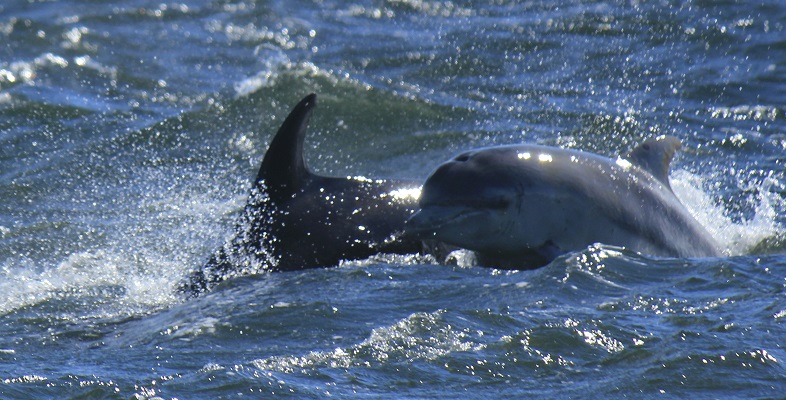1.3.2 The order Sirenia

There are four living members of the order Sirenia: three species of manatees and the dugong. These animals are descended from ancestors that also gave rise to the elephants, and they are the only herbivorous, completely aquatic mammals. The order is named after the Sirens of classical mythology, sea-nymphs who lured sailors to their deaths. Until relatively recently, there was a fifth species: Steller’s sea cow. This animal weighed around 10 metric tons, was 9–10 m in length and lived mainly on kelp. It had no teeth, though it did have rough plates on its palate. Hunting and the decline of the kelp beds caused a drastic fall in its numbers, and it holds the dubious record of the shortest period of time between discovery by western science (1741) and extinction (1768).
Manatees are amongst the earliest mammals to move into water. Fossils have been found that date from 50 million years ago. They are extremely well adapted to live in water and are found both in freshwater and the sea. One species lives in the Amazon. Smaller than the extinct Steller’s sea cow, manatees can reach 4 m in length.
